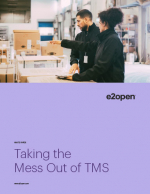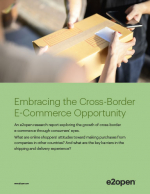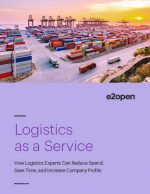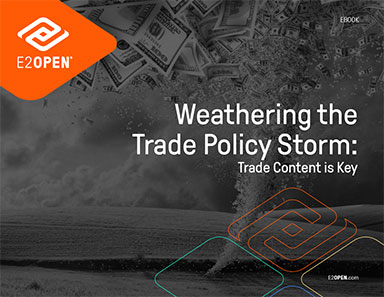Weathering the Trade Policy Storm: Trade Content Is Key
Supply chain storms aren’t going away, and as you seek solutions to shelter your company from uncertainty, grow into new regions, or try to maintain your existing base, you need to equip your supply chain team with the right gear.
Supply chains are running at full steam as the economy is booming in parts of the world, while in other parts of the world, economies are taking a hit from obstacles that hinder open commerce and trade. Protectionist trade policies are causing companies to shift their country sourcing practices, as well as investments in automation and technology to help keep goods moving and visible.
Moreover, there is no reason to believe that in the coming months we will see geopolitical posturing along the trade front fade. The issues of labor and transportation costs, along with capacity, will beleaguer everyone from the supply chain manager to the CFO. Through it all, the consumer will be the proverbial tail wagging the dog.
The new normal in global trade policy is a stormy environment that is highly unpredictable, and supply chain managers need to put in place proactive measures to keep supply chains safe or become a casualty.
Almost every major economy is building a “trade wall” along its borders – including the US, EU, UK, and China. Concerns about the appropriate balance of trading between nations, consumer and environmental safety, protecting against terrorism and, of course, generating revenue is at the root of volumes of legal documentation and a corps of agents at points all over the world enforcing them. Trade policies all around the globe are in flux.
Tariff discourse is evolving into policy changes, non-tariff actions are increasing, and the number of new trade agreements has risen to record levels. In this fluid environment, it can be challenging to pinpoint trends and assess how trade policy shifts might impact your business and products.
While new policies are implemented, shippers and manufacturers all over the world are scrambling to reconfigure their supply chains both physically and financially by finding new suppliers, alternative production sources, and lower-risk markets to sell their goods.
What’s Related




Favorites





